How To Can Juices Using Open Kettle Method
Views: 69
In the canning community, mentioning the open kettle method of canning, also known as inversion canning, triggers intense debates with opposing sides fiercely defending their stance. To dispel misconceptions about this old fashioned canning method, we’ve explored open kettle canning-related safety concerns and myths in our earlier post. In this post we explore the subject of open kettle canning further. This time we are focusing on the step-by-step of how to can juices with the open kettle method. Additionally, we offer practical steps of how to improve the safety of the open kettle method for enthusiasts committed to practicing this traditional canning method or for those curious to try it.
Disclaimer and Caution
Without reservation, we state that the open kettle canning method is not an approved USDA canning method to preserve food. The information shared here is for general awareness and personal use only. Equally important, we acknowledge that the provided information may contain inaccuracies or errors, and we explicitly disclaim liability for any such inaccuracies or errors to the maximum extent permitted by law.
Our Approach to Making and Canning Fresh Juices
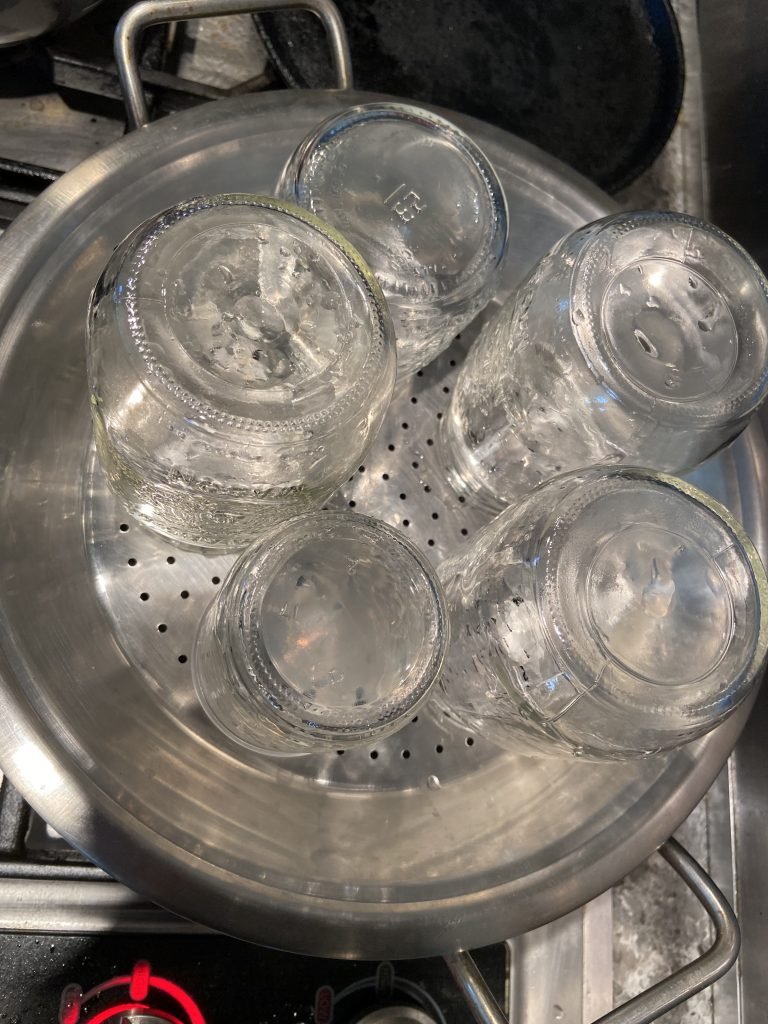
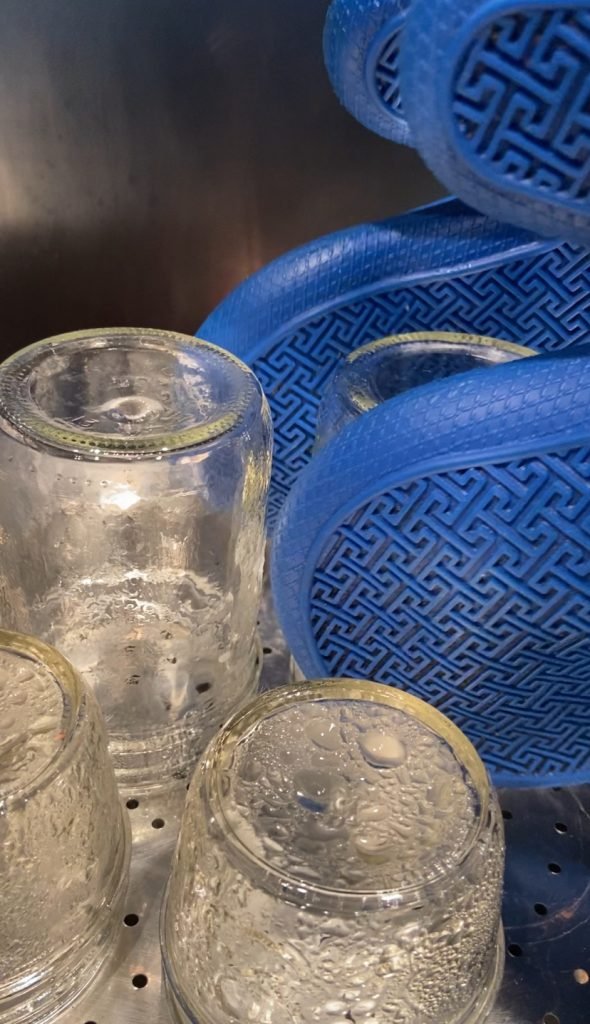
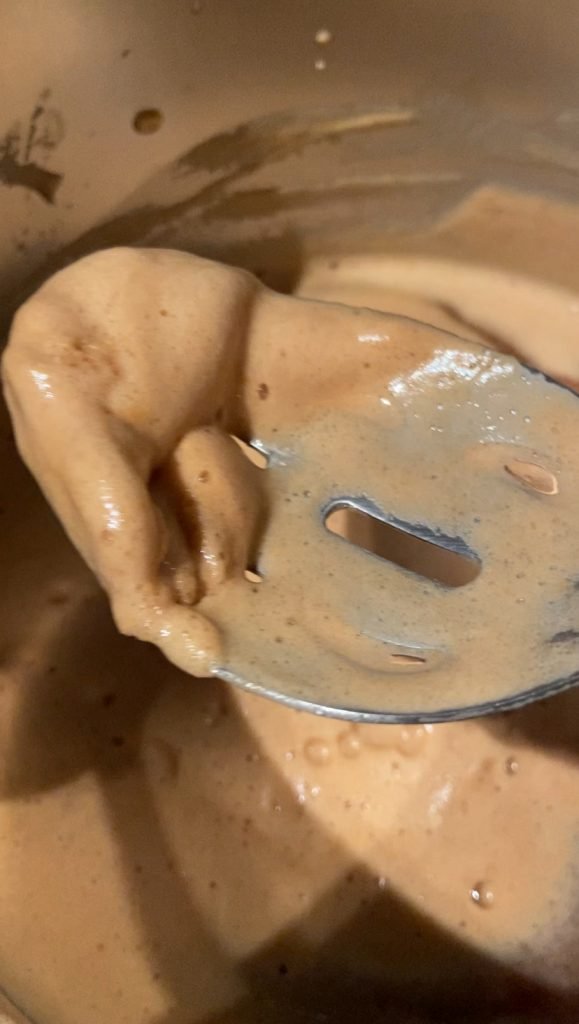
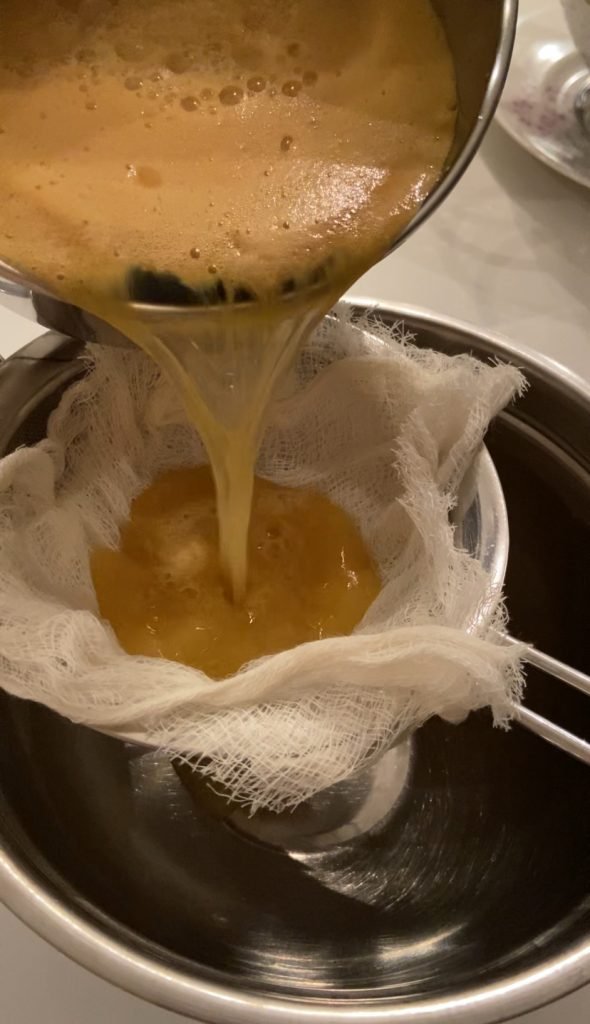
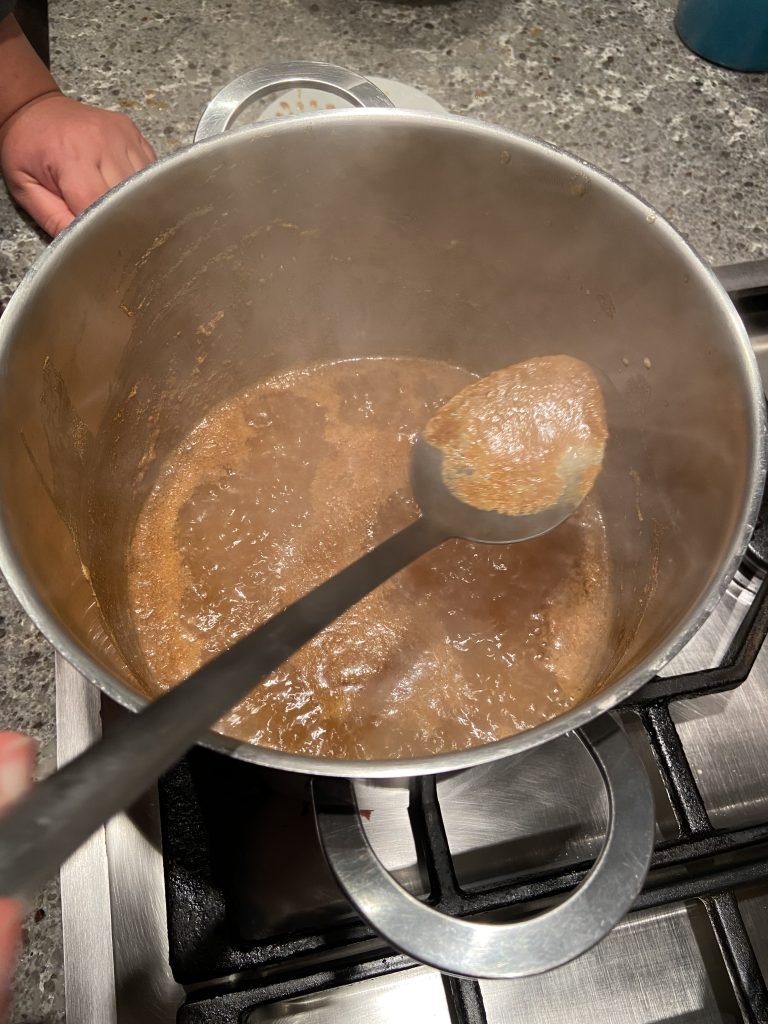
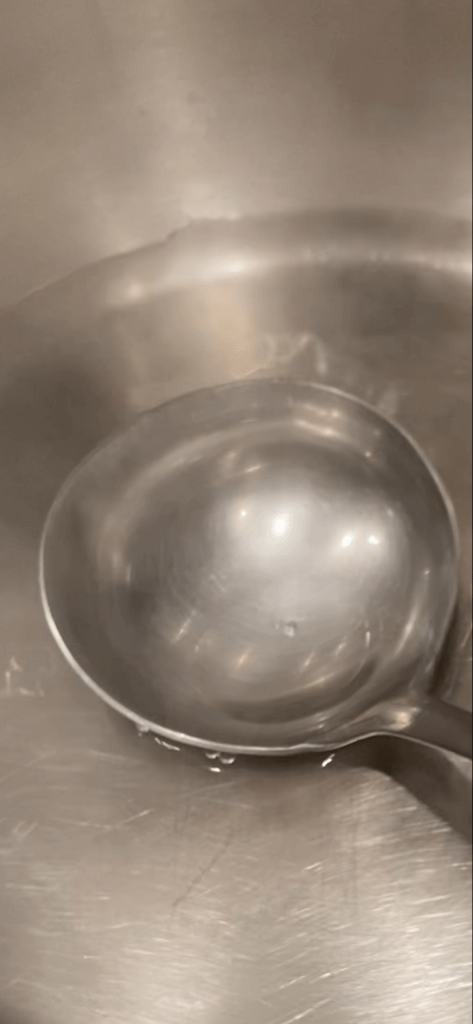
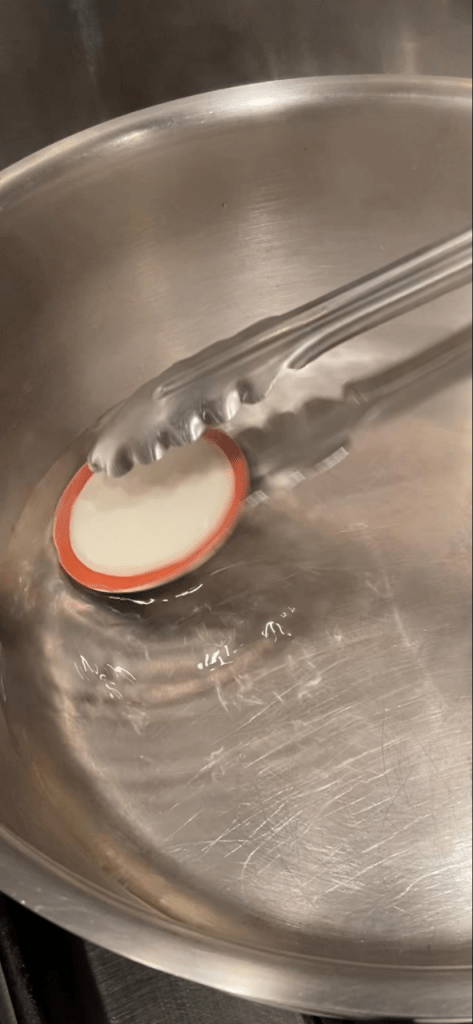
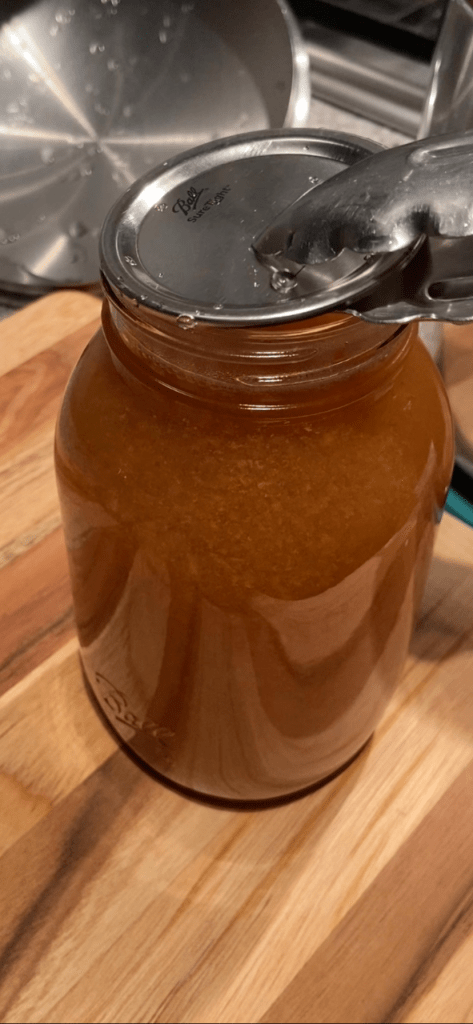
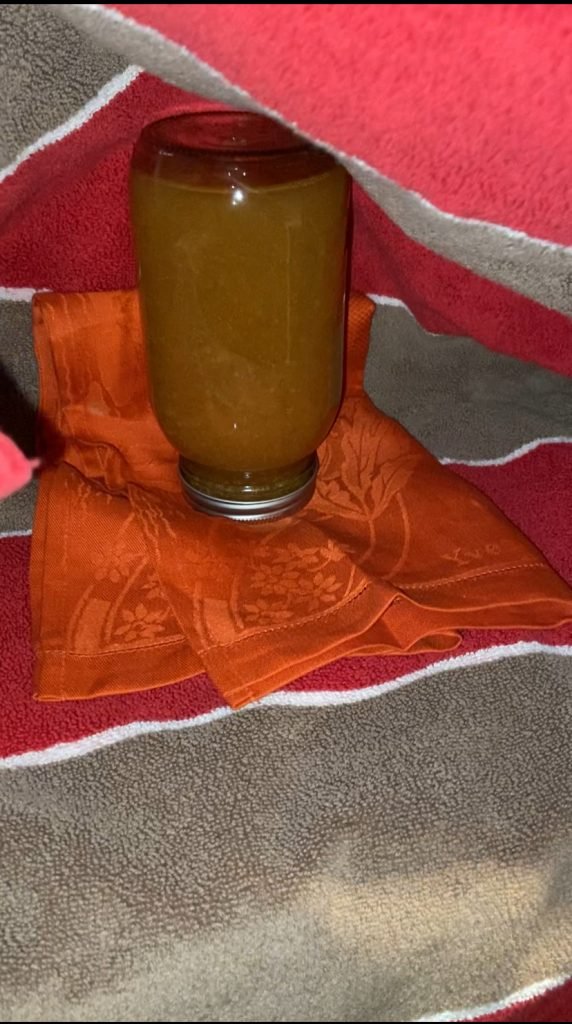
Preparing the produce for juicing:
- Throw away any damaged produce. Additionally, cut out any bruised parts of the fruits and vegetables you plant to juice.
- Wash fruits and veggies under running water to get rid of dirt.
- Use clean utensils and sanitize surfaces to peel, core, and cut them.
Juicing and sterilizing the juice:
- Juice fruits or vegetables required for your recipe using the juicer of your choice. Use a clean bowl to catch it.
- If you don’t want any bits in your juice, strain it through a strainer or cheese cloth.
- Additionally, depending on the produce you are juicing and the recipe you are using, you may have to add sugar, salt or lemon juice at this step.
- Pour your juice into a big pot and heat it gently until it starts to bubble a little. Make sure the pot is big enough so the juice doesn’t overflow. Remove any foam and impurities that you can see on the surface.
- Next, bring the pot to a low boil. Cover the pot with a lid and let the juice boil gently for 15 minutes. Do not remove the lid this entire time. This step ensures the juice reaches the necessary 212°F (100°C) for sterilization, making it suitable for canning. Keep the lid on to keep the juice temperature at or above the boiling point. The temperature must stay at 212°F (100°C) the entire time for it to work.
Jar cleaning and sterilization:
- Wash jars in a dishwasher and sterilize using one of the two methods described in this article.
- You must have the jars sterilized and still hot as you start filling them with the freshly boiled juice.
Filling sterilized Jars:
- Before filling the jars, sterilize all calling tools like funnels, ladles, and tongs by submerging the parts that will touch the juice in boiling water for at least 5 minutes. Once done, do not touch the parts of the utensils that will come in contact with the preserve to avoid the risk of transferring bacteria onto them.
- Pour boiling juice into the sterilized jars.
- Ensure the jar rim and threads are wiped clean. To do this, use tongs to dip a clean paper towel into the boiling water and wipe the rim and threads clean.
Sterilizing the lid:
- Put the lids into freshly boiled water (but not actively boiling!) for at least 1 minute, up to 5 minutes.
- Use clean tongs to put the lids on the jars and screw them on tightly with the bands. Make sure to tighten the band as much as possible. To hold the hot jar safely, wrap it in a kitchen towel before tightening the band.
Inverting and wrapping the jars:
- Once the lid is secured, invert the jars upside down. This step is mandatory because, with an open kettle canning method, the seal gets created when jars packed with hot preserves are cooled upside down.
- Wrap inverted jars snugly in two layers of thick towels. Just like with water bath canning, using heat to process your preserves lowers the risk of spoilage. However, in open kettle canning, the way to keep the preserve temperature high inside the jar for a longer time is achieved by means of wrapping jars in something warm, like a beach towel.
- The jars are ready to be stored only when they are completely cool to touch. For larger batches, the jars may need to stay wrapped for an extra day.
Frequently asked questions
What should I watch for if I want to try the open kettle method?
The critical steps when practicing open kettle canning are cleanliness and sterilization. You want to ensure that bacteria don’t get into your preserve. When canning your preserves, thoroughly sterilize all equipment, even the tongs used for lid handling. Do remember, your clean hands are not sterile. The less your hands come into contact with the insides of the jar or the preserve contents, the higher the probability that your preserve will be a success.
Additionally, don’t cut corners on the inversion step; a mere 5 minutes is not nearly enough time.
How do I know if the juice temperature is 212°F (100°C)?
Similar to water, juice also boils at 212°F (100°C) at standard atmospheric pressure. If the juice is not boiling during the cooking process, it indicates that the temperature is below the required 212°F (100°C). In simple terms, if it doesn’t boil, it’s not at the right temperature.
Would the open kettle method work for low-acid juices?
We do not recommend using either an open kettle or hot water bath method for low-acid preserves. If the produce you plan to juice is low-acid, adding lemon juice, or vinegar may be effective ways to adjust the preserve’s acidity. Adding the right amount of salt or sugar also helps prevent microbial growth.
How do I measure food acidity levels?
Determining the acidity level of preserves requires using pH measuring tools, either pH strips or pH meter. While pH strips offer a cost-effective and simple-to-use option, they lack accuracy and precision. On the other hand, pH meters, though more expensive and significantly more complicated to use, provide accurate readings.
Isn’t there a risk of botulism from using open kettle canning?
This article contains all the information you may possibly need to understand botulism in canning.
How do I know if my preserve is unsafe to eat?
Watch for any of these signs of a failed canning process and discard the contents of the jar immediately:
- The safety button on the jar remains popped out after you finish processing your jars.
- There are signs of leakage on the walls of the jar. Also, watch for the bulging lid.
- The contents of the jar exhibit spoilage signs, such as an unusual smell, mould, bubbles, or cloudiness.
All of these tell-tail signs apply to any canning method you use and not just to the old fashioned way of canning we’ve described in this article.
Keep in mind that botulism is not visually detectable.
You may also like:
-
How To Make And Can Blackcurrant Jostaberry Jelly
Are you handing out jostaberries to friends, neighbors, and coworkers because you don’t know what to do with them? Guess what? The reason people avoid you in the hallways is because they don’t know either. Stop! There’s a better way to spread that jostaberry love and we have just the jelly recipe for it!
-
The Ultimate Berry Powerhouse: Blueberry Blackcurrant Jam Recipe
Unlock the ultimate berry powerhouse with our blueberry blackcurrant jam canning recipe! Perfect for beginners and seasoned canners alike, this easy-to-follow canning recipe ensures you capture the vibrant flavors of these two super berries in every jar.
-
Low-sugar Blackcurrant Jam Recipe With Just Three Ingredients
Discover the magic of homemade low-sugar blackcurrant jam! With just blackcurrants, sugar, and pectin, you can create a delicious and healthy jam that’s also incredibly easy to make. Once you try it, you’ll never go back to store-bought brands. Ready to taste the difference?
-
How To Make Reduced Sugar Blackcurrant Jelly Without Adding Water
Our blackcurrant jelly recipe skips the water and keeps the sugar in check for a healthier, tastier jelly. The best part? It’s super easy to make! But watch out! Once you try it, you’ll be hooked, and those store-bought brands like Bonne Maman will be history. Will you dare to make a batch?
-
How To Make And Preserve Blackcurrant Syrup At Home
Forget Ribena’s branded blackcurrant syrup. With just blackcurrants and sugar, you can easily make the best blackcurrant syrup right in your kitchen. Our simple, homemade recipe will give you a delicious and versatile syrup perfect for cordials, sodas, ice cream and more. Say goodbye to store-bought and hello to homemade!
-
Low Sugar Strawberry Mango Jam Canning Recipe
Have you heard of a jam that is a by-product of another preserve? Our strawberry mango jam is exactly that. We made strawberry syrup from the juices and used macerated strawberries for the jam. We’re so proud of the result and can’t wait to share the recipe with you. Enjoy!
-
Simple Strawberry Syrup Recipe For Drinks, Pancakes And More
Love the sweet taste of strawberry syrup? How about skipping the store-bought varieties and making your own! Our simple strawberry syrup recipe guarantees you’ll be muttering, “Heh, that was easy!” once you’re done. Perfect for drinks, pancakes, and more, this homemade syrup will become your new favorite kitchen hack.
-
How To Make Mango Jalapeno Jam: An Easy Canning Recipe
Looking for a sweet and spicy jam for your cheese board or grilled meats? Our mango jalapeno jam is just what you need! Packed with vibrant flavors, this jam combines the sweetness of ripe mangoes with the zesty kick of jalapenos. Read on to learn how to make this specialty jam.
-
How To Pickle Pattypan Squash: Guide And Canning Recipe
Pattypan squash is an excellent choice for pickling. It tastes great even with the simplest pickling recipes. However, the brine ingredients and aromatics in our recipe make this delicate vegetable simply irresistible. You won’t want to miss out!
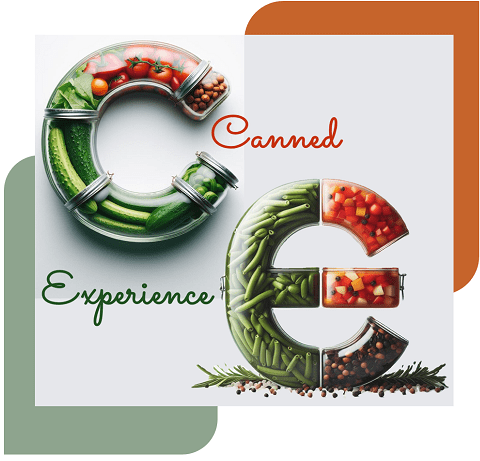

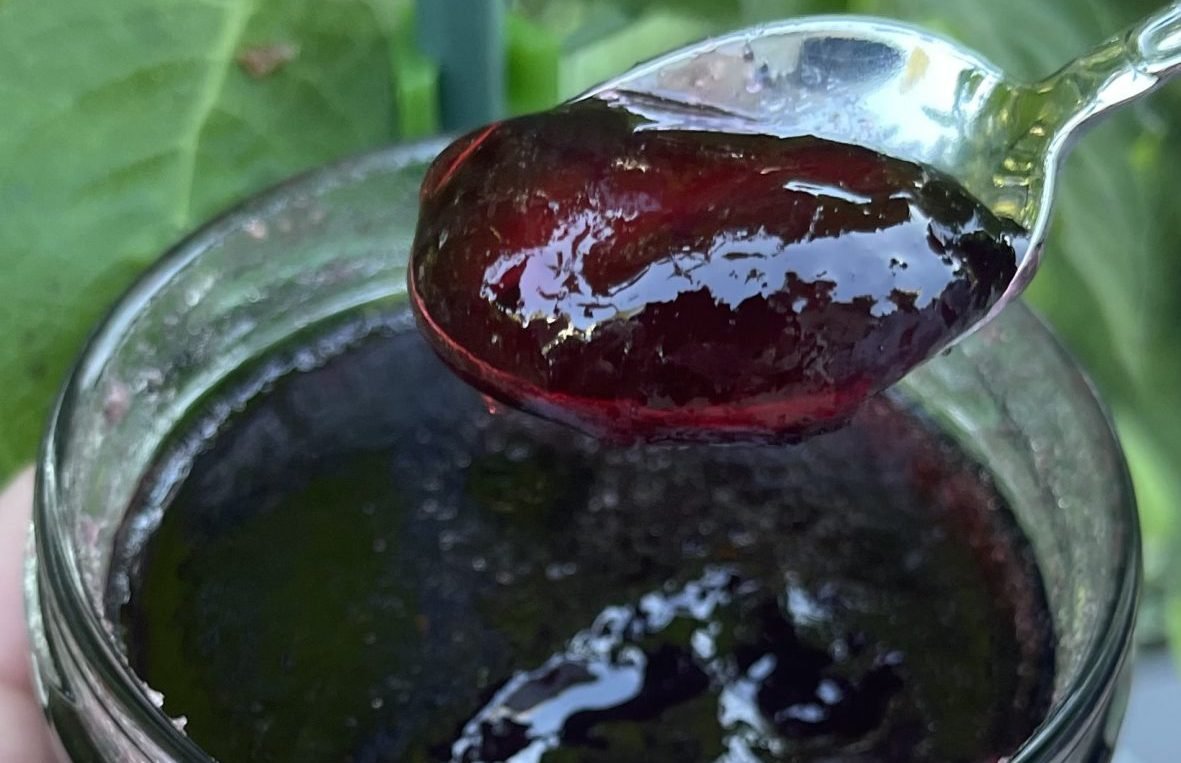
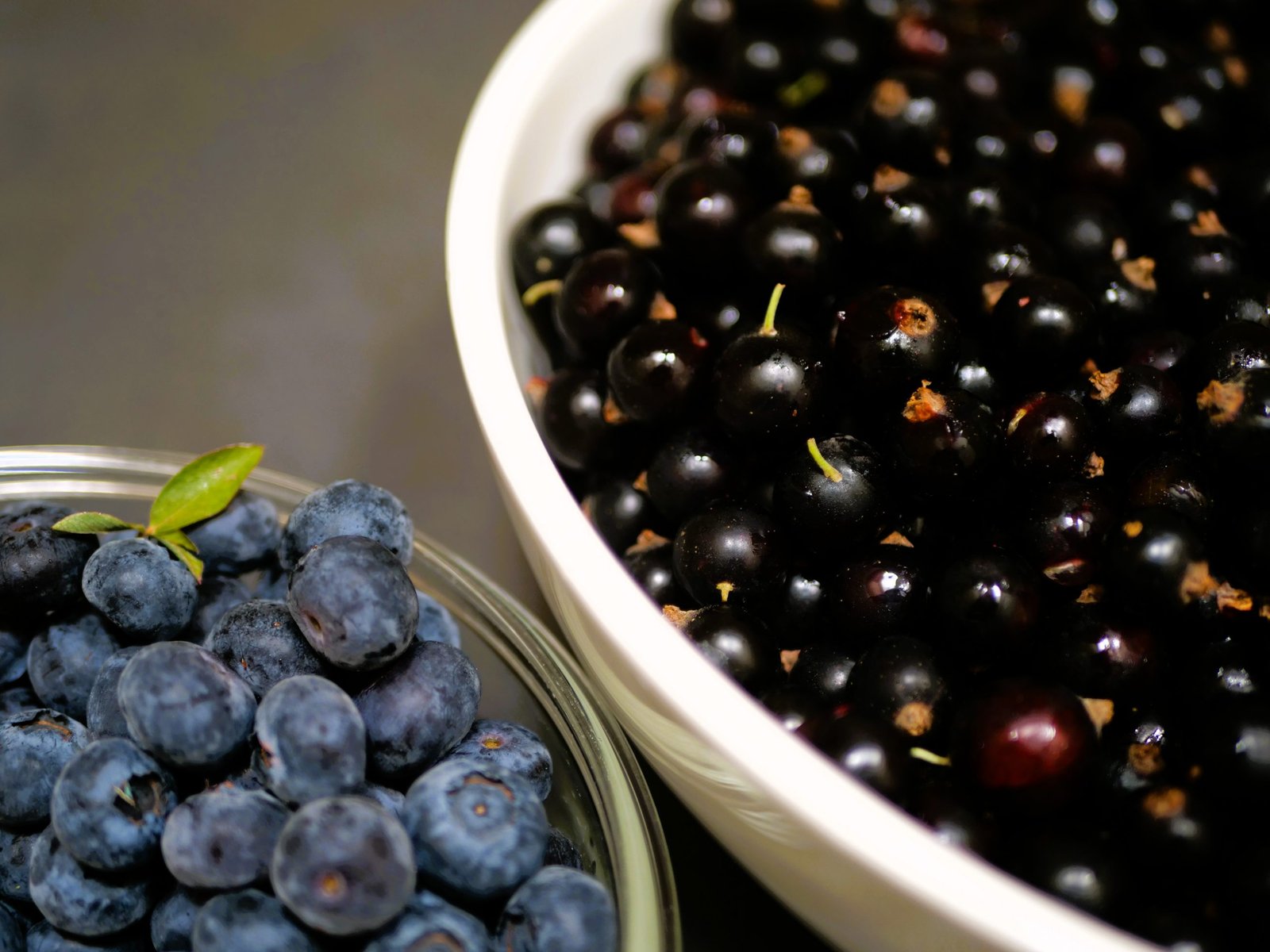
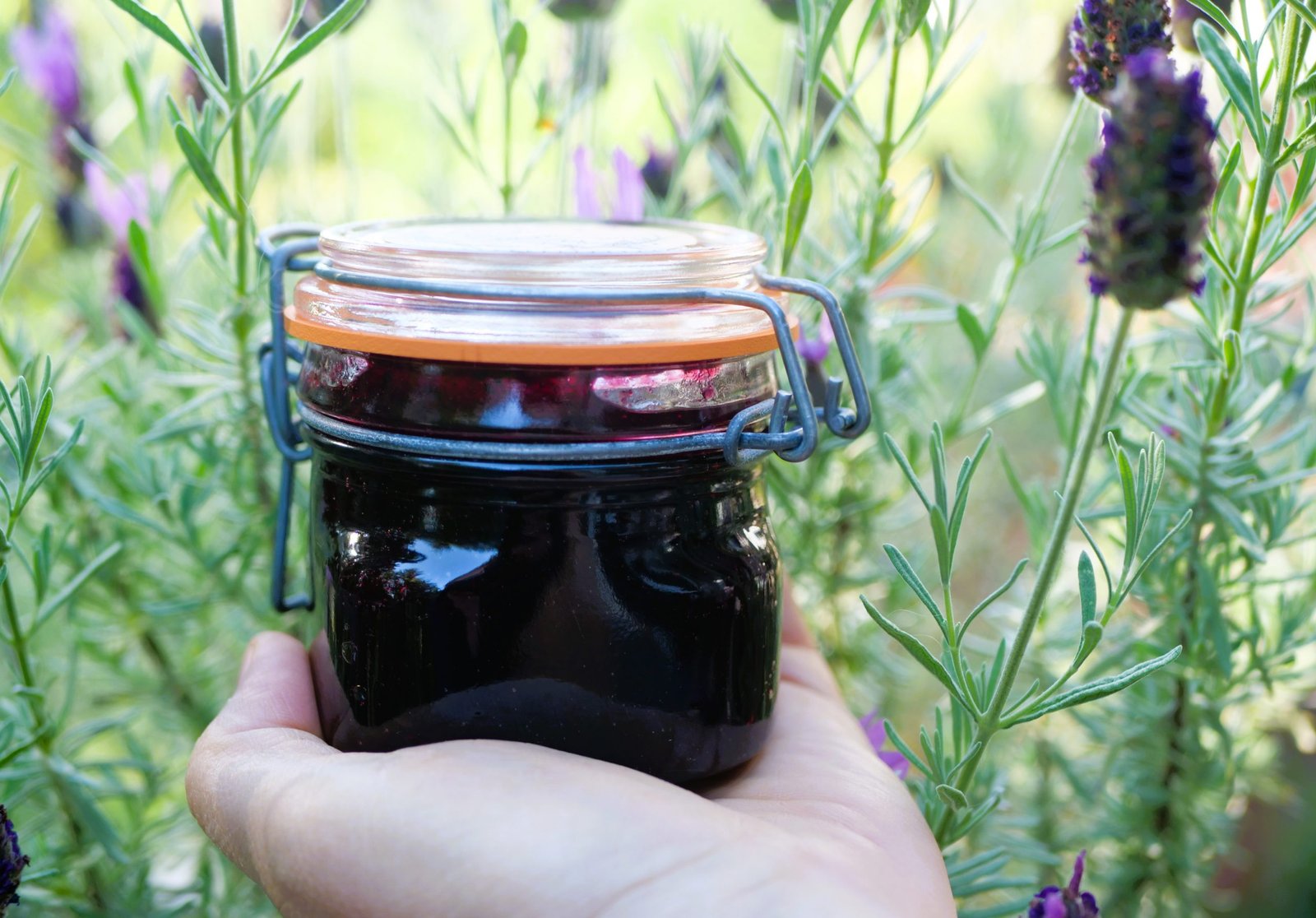
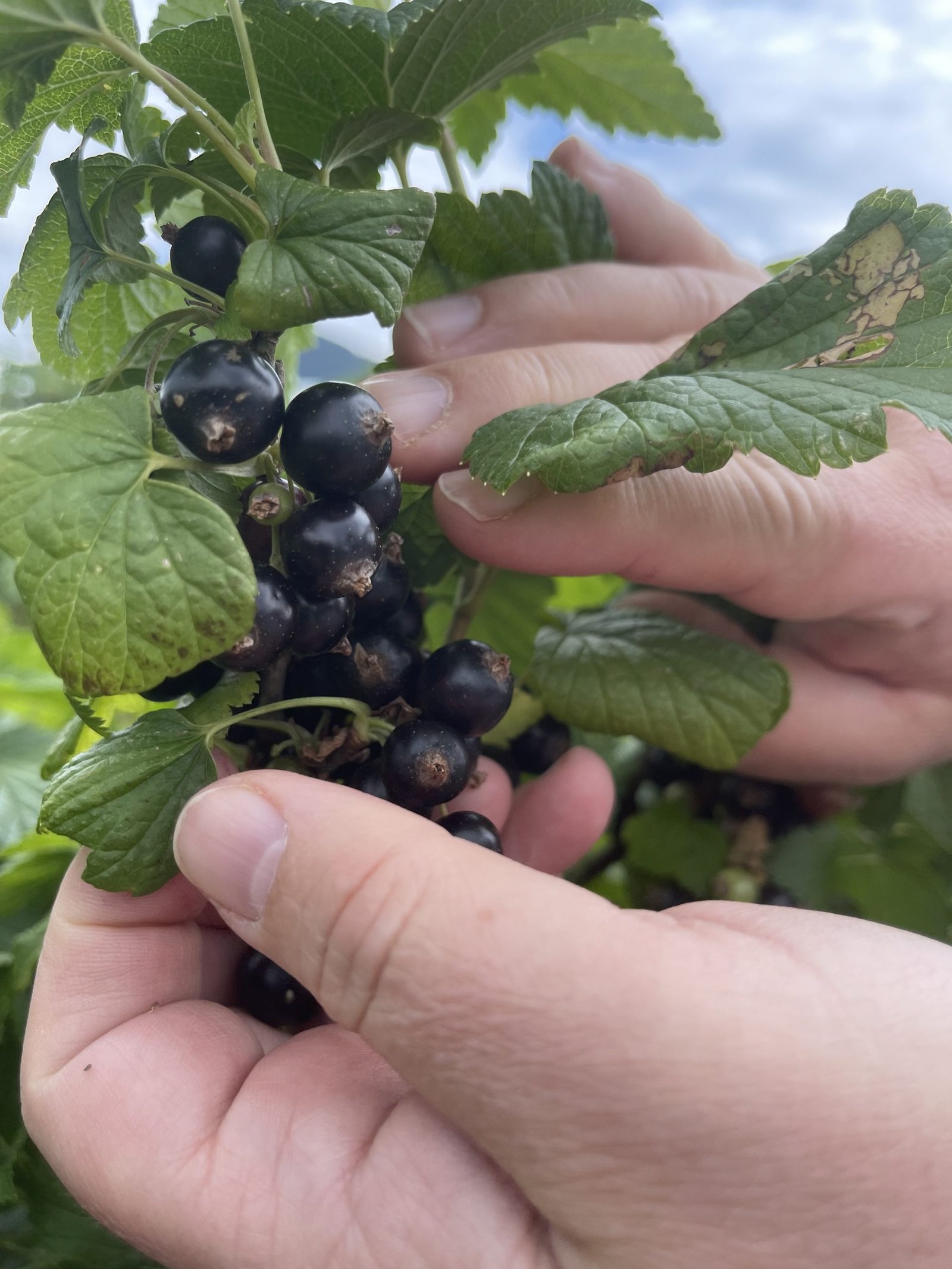
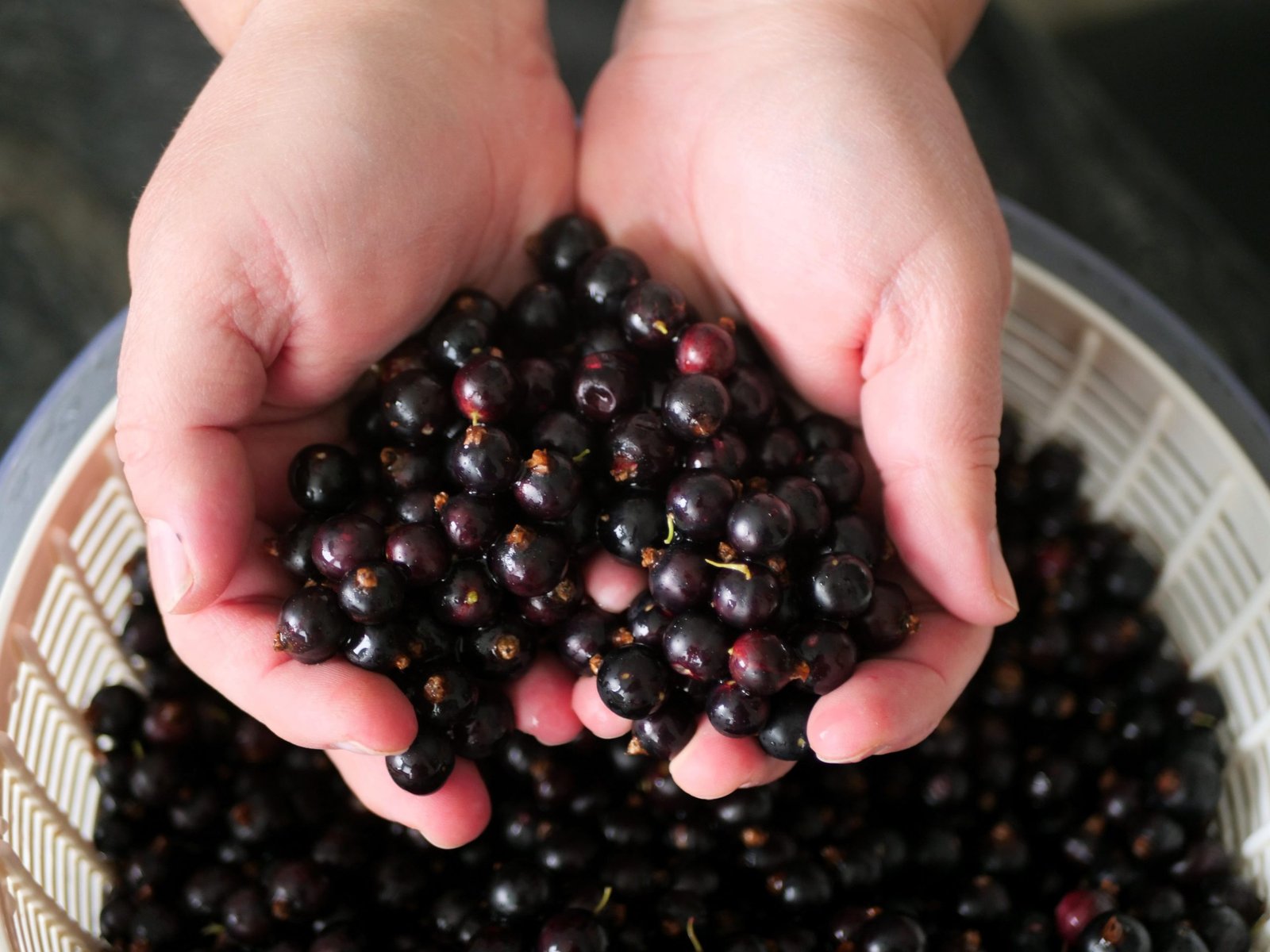

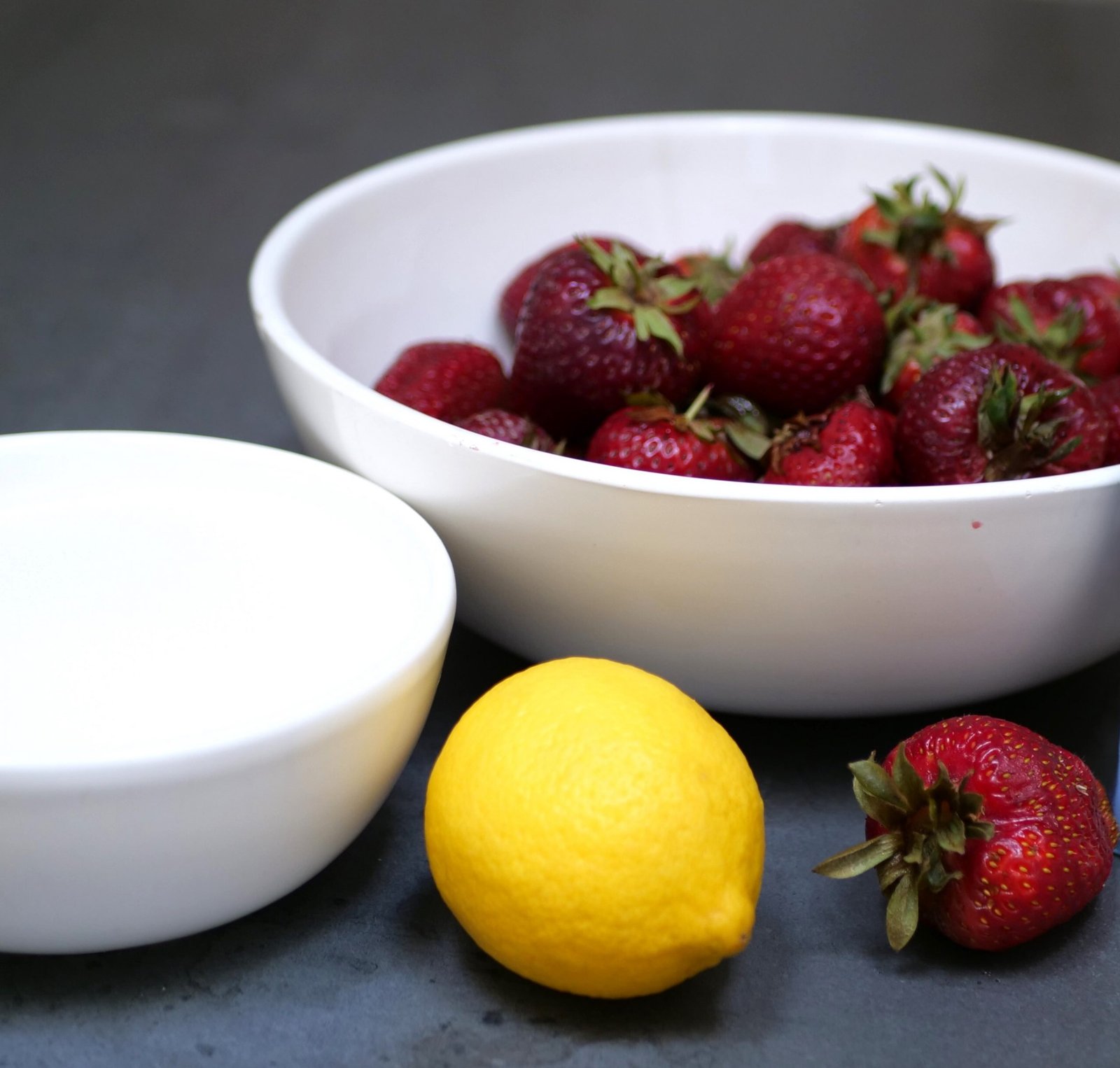

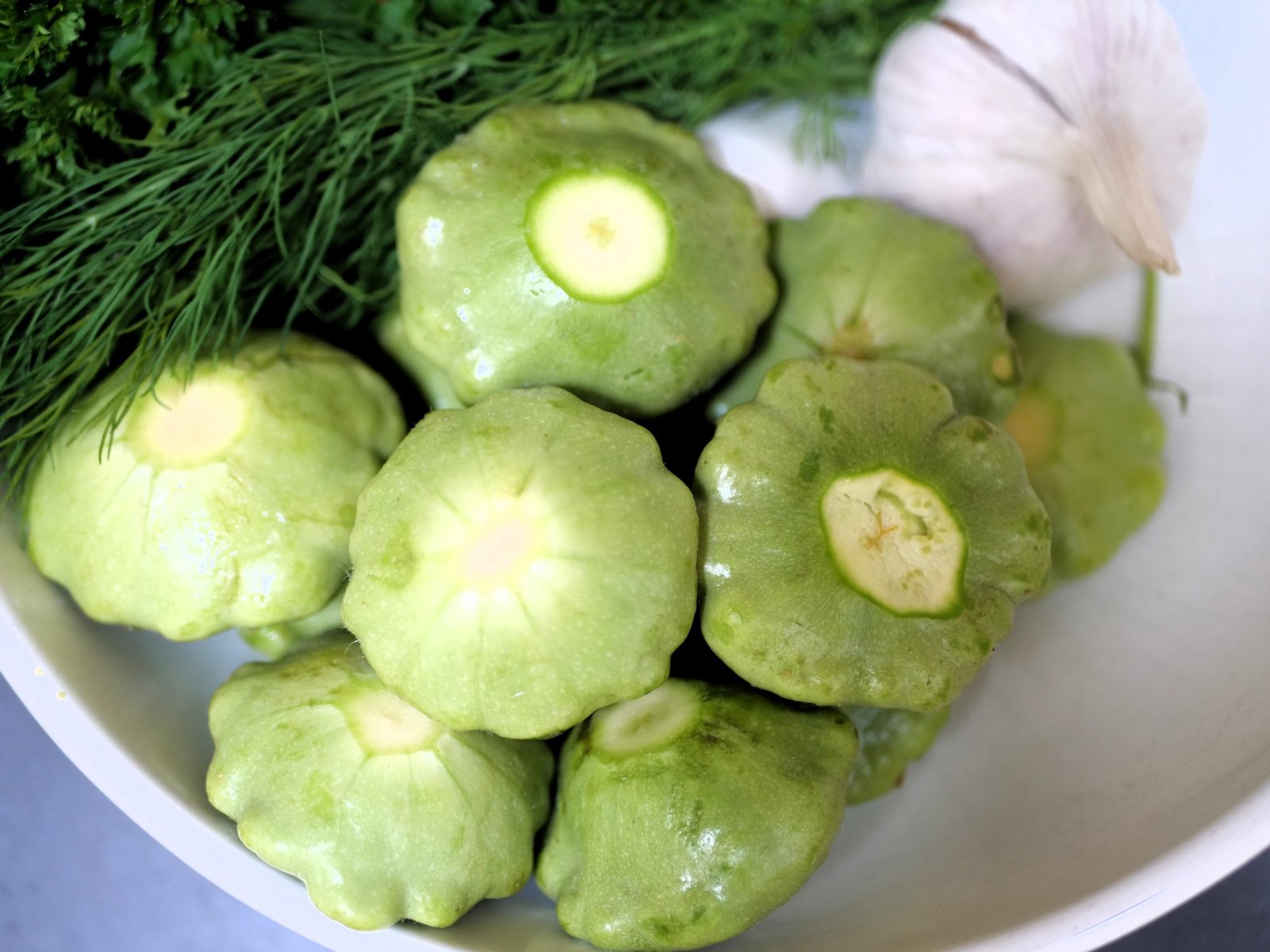
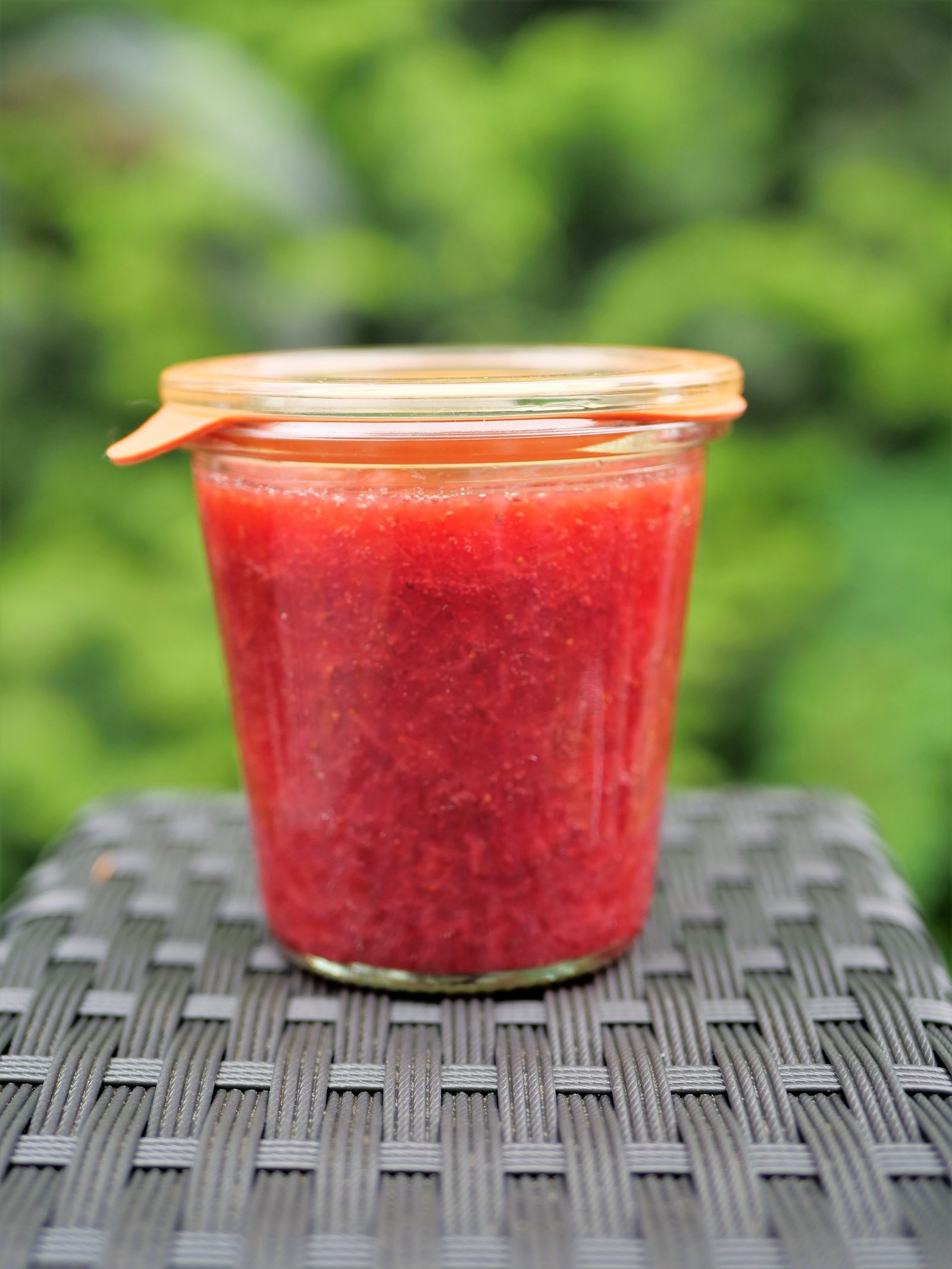

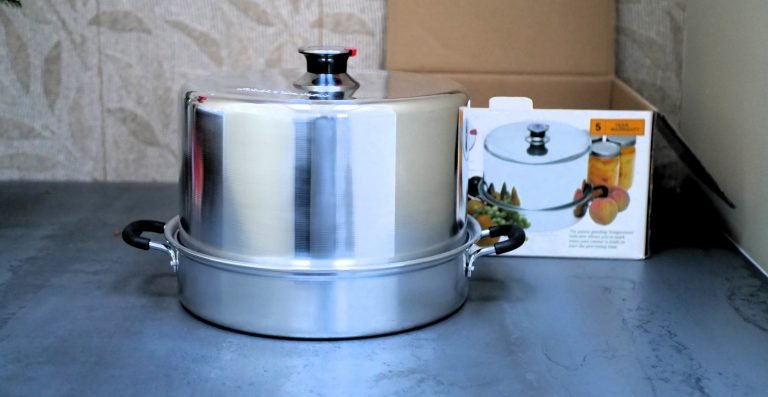

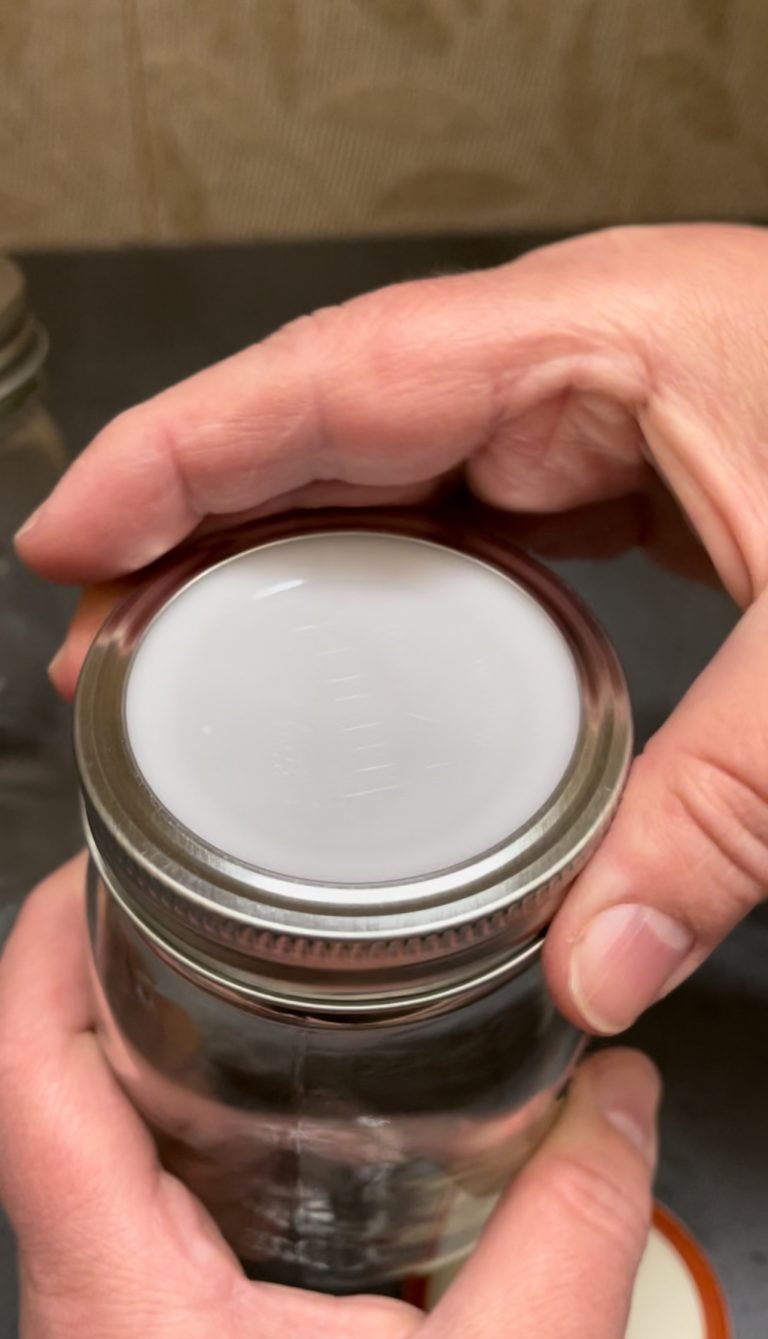
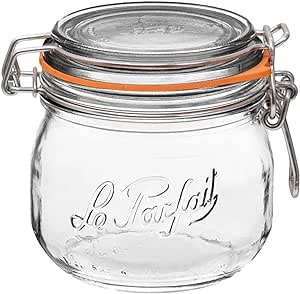
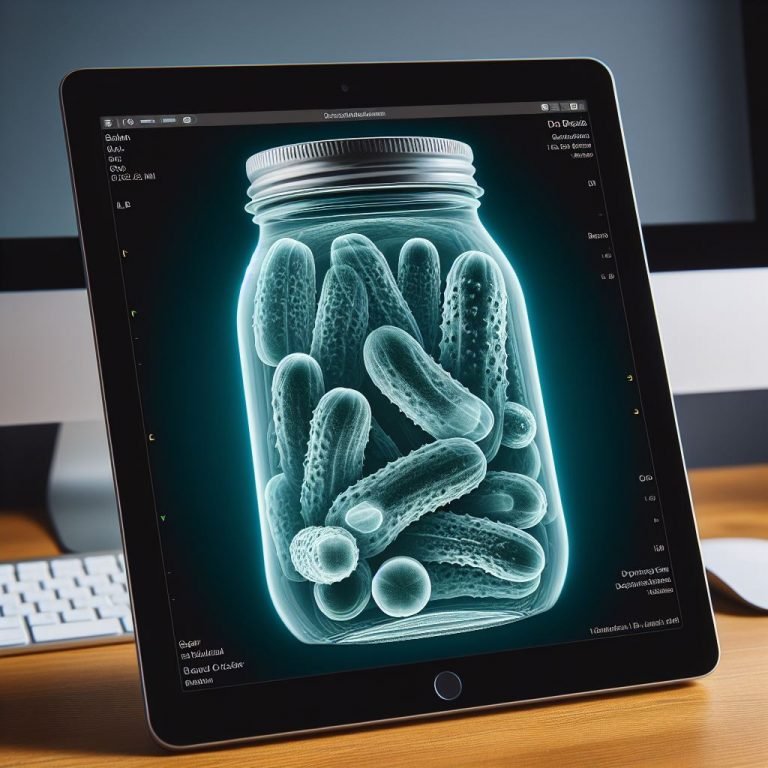
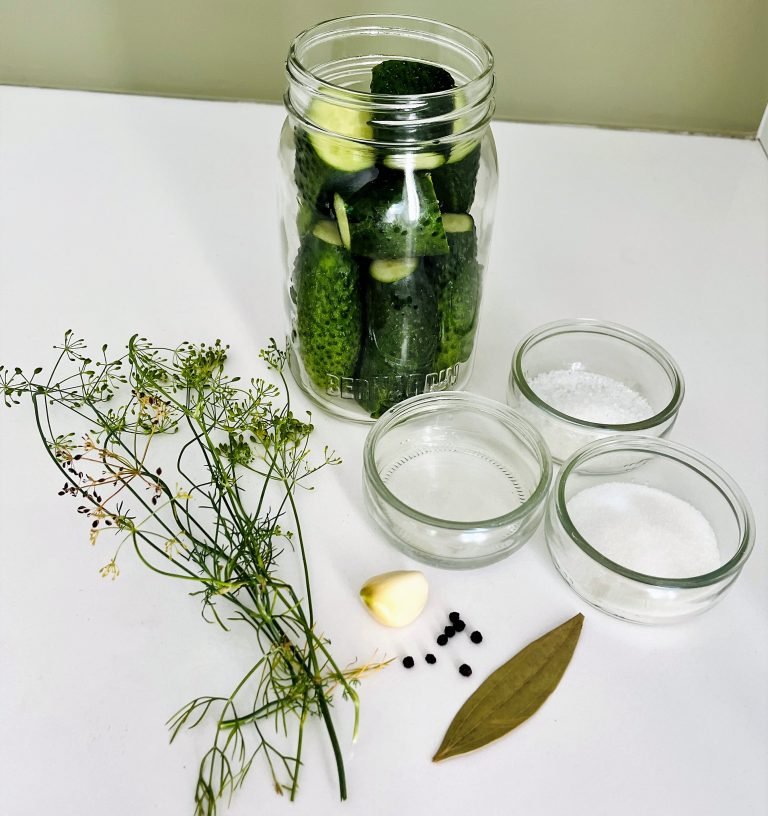
Leave a Reply